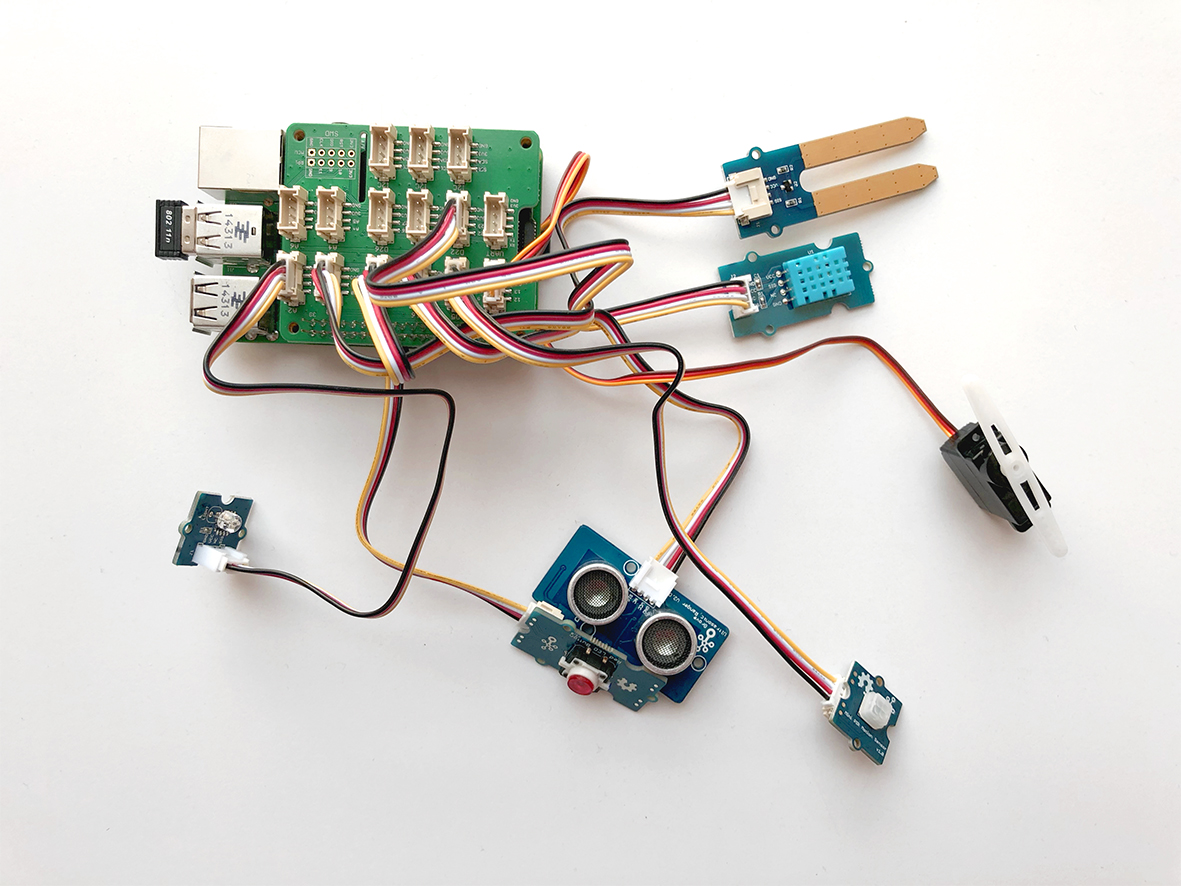
There were and are sometimes problems with certain versions of the 1-wire kernel driver under Linux due to the more critical timing in the case of parasitic supply. However, this can lead to problems with many parallel sensors on the bus, high temperatures and long cables.

The lower effort of material for the two-core cable speaks in favor of the parasitic supply. The decision whether to choose parasitic or active power supply should be made before starting the project and should be considered very carefully. Each sensor has a unique code assigned by the manufacturer to identify itself. You may connect several DS1820 parallel at a single 1-wire bus. To do this, you need a three-wire cable that also connects V DD to the operating voltage of 3 to 5 volts. The connection of the circuit is then possible with a simple two-wire twisted pair cable.īut it is also possible to operate the DS1820 with an active power supply. You can connect V DD and GND and operate the sensor with a parasitic power supply of 3 to 5 volts. At least a second line is required for the reference potential GND. The term "1-wire" is of course misleading.


The three connectors (see picture left) are ground (GND, pin 1), data (DQ pin 2) and operating voltage (V DD, pin3). The types mentioned are pin and software compatible, they differ substantially in the measurement accuracy and price. DS18S20 and related DS18B20 and DS1822 are integrated circuits in a TO-92 housing containing the temperature sensor, analog-to-digital converter and 1-wire interface.


 0 kommentar(er)
0 kommentar(er)
